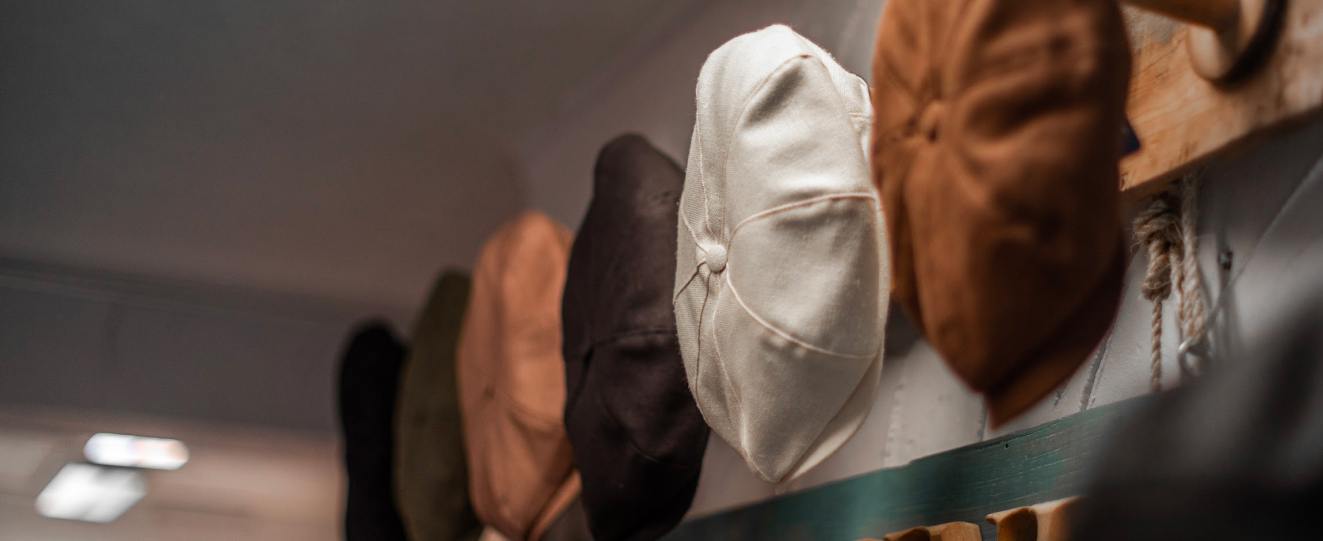In 1923 Captain Duff wrote a letter to the SU Company in which he said “I have now completed my tests for the forthcoming Rudge Whitworth Cup and have definitely decided to fit an SU Carburetter. I find this instrument gives the best combination of maximum speed and acceleration together with fuel economy, which is so necessary in a long-distance run where replenishment stops are a serious factor”.
Initially W.O. Bentley was reluctant to be involved with Duff, fearing the car may not last 24 hours at full speed, but eventually he agreed and provided not only a co-driver but also two mechanics. Duff’s 3 Litre Bentley repeatedly broke lap records during the race and achieved 4th place overall despite losing an incredible 2 ½ hours during the race whilst he repaired a punctured fuel tank.
After the race, Duff wrote to the SU Company once more. “Just a line to express my appreciation of your most excellent carburetter. Our maximum speed with wings, windscreen, hood, full touring equipment and sandbag ballast was 92 miles per hour. Our acceleration was superior to anything else in the race, so much as to nearly counteract the disadvantage of not having front wheel brakes. Our consumption was sufficiently good to leave us well inside our allowance after each 4-hour spell. The flexibility of the car was a great help on this very winding course, where slowing down and accelerating again were incessant. I am pleased to tell you that tuning for speed and power has not affected the easy starting of the car, she starts from cold quite readily”.
Shortly after the Bentley win, Bert Skinner patented a jet height adjustment seal for their newly released 2M carburetter. Sadly, this was to be his last development as he fell into ill health in 1926. As a result, William Morris purchases the company for £100,000, a staggering £5.8 million at current exchange rates.
William Morris, who had also recently purchased Wolseley Motors Ltd, established Morris Industries Limited on 27th June 1927, a company which then acquired the SU Company Ltd from William and promptly re-names it The SU Carburetter Company. Full production starts at Adderley Park, Birmingham soon after.
Under Morris, SU production increases to over 1000 units a week by October 1927 and the company returns to profit (for the first time since 1919) in 1928. That same year, Morris introduces the overhead-cam Morris Minor at the Olympia Motor Exhibition, a car that is fitted with an SU MM carburettor as standard.
By 1929, SU production had increased 100% to 2000 units per week and, to cope with the workload, the company now employs over 120 staff, 60% of which are female.
Over the years many SU carburettors were fitted to Morris models, helping the SU brand to become more profitable and well known with each development. However, as seen with Captain Duff at Le Mans, the SU carburetter excelled in motorsport, too.
An advert, published in Motor Sport magazine in June 1930, proudly announced that the 1st Bentley, 2nd Bentley and 4th Aston Martin in the Brooklands Double Twelve were fitted with SU. Also, it noted the lap record breaking Bentley was also fitted with an SU. The main headline of the advert announced that each car had the very same carburetter that could be purchased by any member of the public from their local garage.
In 1931 SU’s reputation as a product that could increase a cars speed was further enhanced when an MG EX120 special achieved a record speed of over 100mph using a Powerplus supercharger and SU carburetter.
Later than year Sir William Morris approved the building of a streamlined Morris Minor to promote the side-valve engine models of the time, creating a lightly modified and supercharged car fitted with an SU carburetter. The finished car achieved 100.39mph at Brooklands and a remarkable 107.4mpg when travelling at an average of 15.3mph. As a result, the £100 car became known as the Triple Ton - £100/100mph/100mpg.
Add skinners union logo and design







